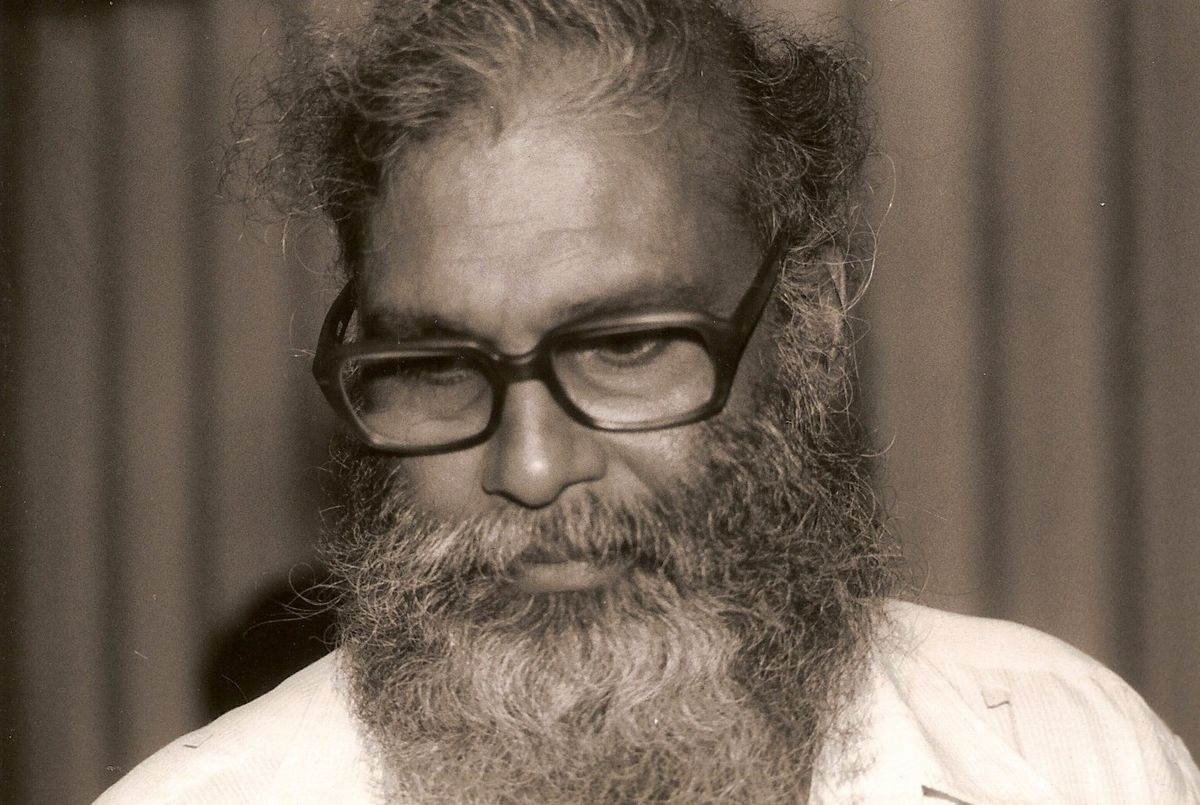The art traditions from Suriname showcase its diverse cultural makeup and stem from a number of origins, representing its broad diversity.
Even though the Amerindian population only comprises about 3-4% of the population in Suriname, it actually includes a number of different tribes that are spread out across Suriname, French Guiana, Guyana, Brazil, and Venezuela. Many of their indigenous arts are centered around functionality: pottery of all sizes, musical instruments, utensils, leather products, jewelry and beadwork, and woven arts.
The art of the Maroons, the escaped (and eventually freed) African slaves who took refuge in the rainforests, developed their own style of art. In many cases, it was simply merging the African art styles they brought with them with ones of their new surroundings. One of their most visual works is their brightly painted houses. I wrote about similar paintings on buildings in Palau, where the outside of the homes are painted in bright colors of pictures and designs that usually tell a story. However, many of their designs are closely based on African motifs, which is understandable considering their origins. But this style of painting isn’t just limited to painting their homes: it’s used on paddles, wall coverings, and other items. The Maroons were also skilled at wood carving, and many of these carvings were used on the home and to decorate the homes as well.
/s3/static.nrc.nl/bvhw/files/2018/02/tarkimg1492990.jpg) |
| Erwin de Vries |
One Surinamese artist who’s widely known today is Erwin de Vries. His striking, brilliantly colored paintings portray life in Suriname. Although he studied painting from a Belarusian artist in Amsterdam, it was the vivid colors of the Surinamese landscape that called for his return to South America. He’s really provided a unique look at the many ethnic groups living in this small tropical country, and in doing so, made art popular among many people.
 |
| Bhai |
Like many indigenous cultures, the earliest forms of literature started out as oral stories, and storytelling (especially in the oral tradition) still serves as an important cultural point with many Surinamese. Although the Dutch arrived in Suriname during the 1600s, it wasn’t until 1700s when the indigenous people started gaining on literacy and produced their own written works. Nowadays, the vast majority of works are written in Dutch, although some write in Sranan Tongo. Even though people may speak in Creole, it’s certainly not a language that’s exclusively written in, outside of dialogue perhaps.
There have been quite a few Surinamese authors who have had an impact on literature in Suriname and surrounding areas: Karin Amatmoekrim (award-winning novelist), Bhai (poet), Bea Vianen (novelist, wrote in both Dutch and Sranan Tongo), Trefossa (poet, known for the Sranan Tongo stanzas of their national anthem), Eugène Drenthe (poet and playwright), Johanna Schouten-Elsenhout (prominent poet, community leader), Chitra Gajadin (poet, playwright, novelist), Trudi Guda (poet, anthropologist), Astrid Roemer (poet, teacher, playwright, novelist), Anil Ramdas (journalist, columnist, essayist), Albert Helman (poet, community leader, playwright), Cynthia McLoed (novelist), and Pim de la Parra (filmmaker).
Up next: music and dance



No comments:
Post a Comment